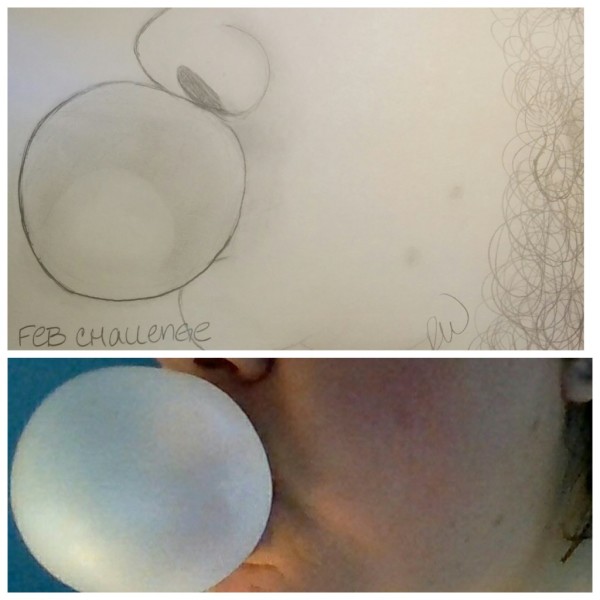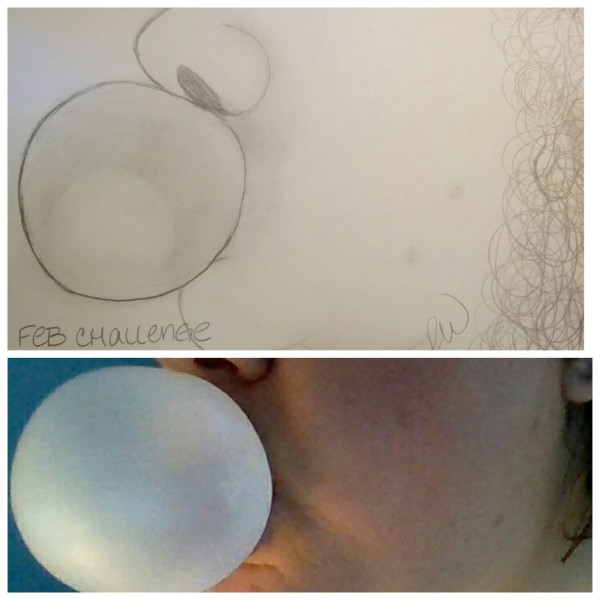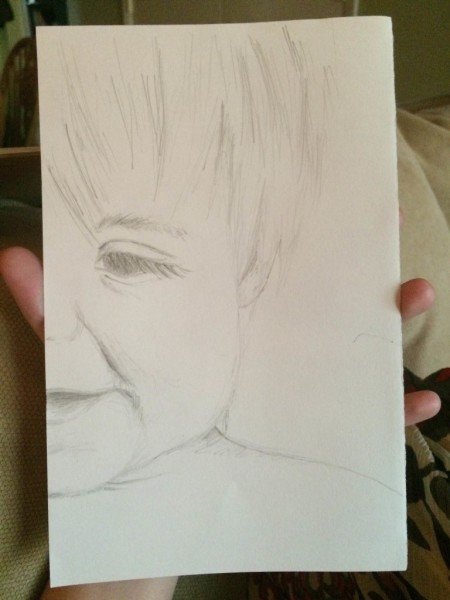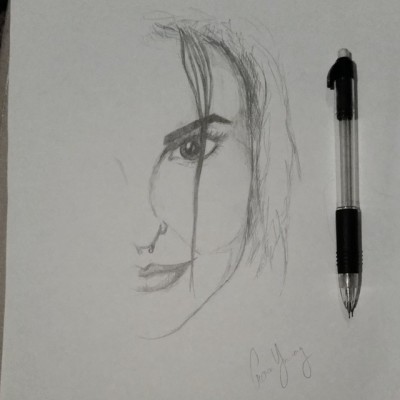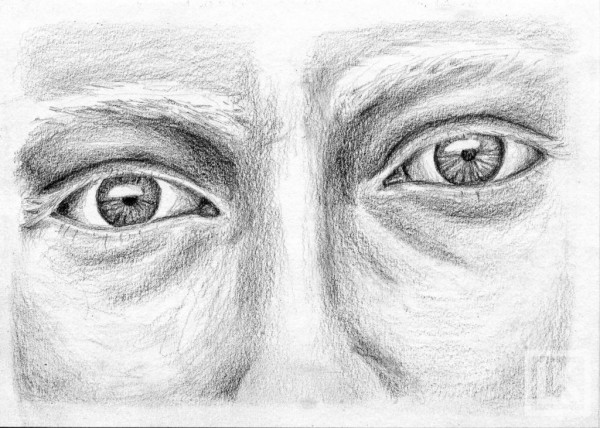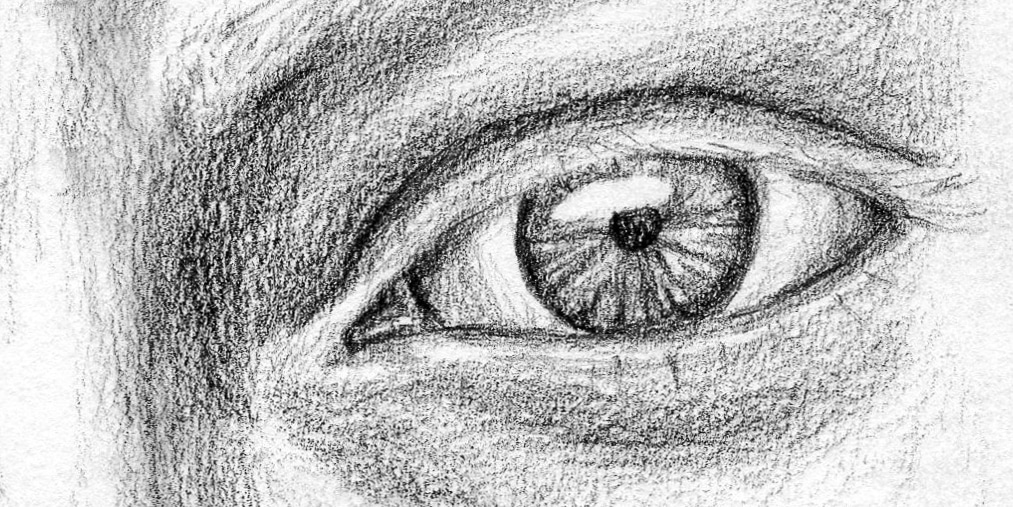Contents
About Laura Kranz
Laura Kranz is a talented artist who has meticulously organized and archived all of her artwork by the year it was created. From 2008 and earlier to the present, she has compiled a vast collection of diverse and thought-provoking pieces that showcase her growth and development as an artist over the years.
Starting in 2009, Laura began applying more discipline to her art-making, transitioning from loose concept sketches to completed works on standard paper sizes. During this time, she also started experimenting with different mediums such as pen and ink, resulting in a wide range of unique and intricate designs.
As Laura continued to hone her craft, she entered a period of intense creativity in 2010, exploring various forms of expression through different mediums. This exploration led to the creation of some of her darkest but also most exceptional pieces, born out of a need to process the stresses of that particular year.
In 2011, Laura started refining her experimentation into cohesive series, including the Organic Forms series and several collections inspired by various texts. Her work became increasingly sophisticated and nuanced, reflecting her growing skill and confidence as an artist.
By 2012, Laura’s art had become a vital tool for processing complex emotions, resulting in a body of work that is both powerful and evocative. Despite the challenging circumstances surrounding its creation, much of her best work emerged from this difficult year.
From 2013 to 2015, Laura continued to produce stunning and innovative pieces while working on various projects and challenges. She remained committed to pushing the boundaries of her artistic abilities and exploring new themes and ideas.
Today, Laura’s archive serves as a comprehensive record of her journey as an artist, documenting every step of her creative evolution. Whether you prefer her early works or her latest creations, there is no denying the profound impact and influence that Laura’s art has had on those who have encountered it.
The Vein Patterns of Leaves (art series)
Leaves are often appreciated for their vibrant colors and overall shape, but have you ever taken a closer look at their vein patterns? If not, you’re missing out on some amazing natural designs. In fact, there are only nine basic types of vein patterns found in leaves! I’ve created a stunning chalk and charcoal drawing series called “The Vein Patterns of Leaves,” showcasing each of these patterns. Let’s delve into the beauty and complexity of these leaf structures.
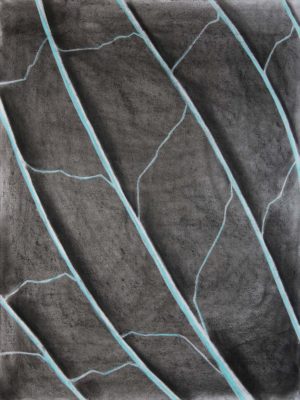
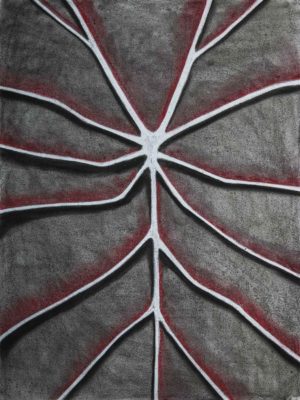
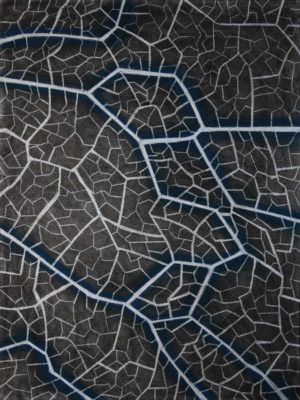
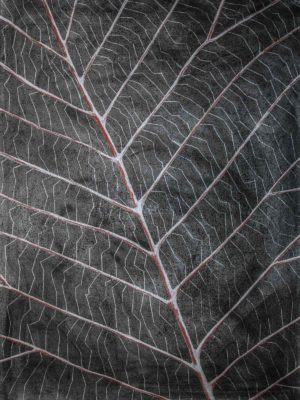
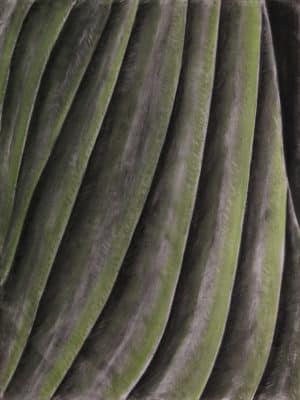
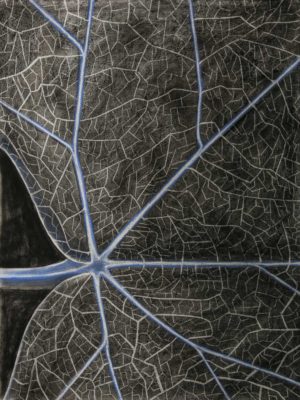
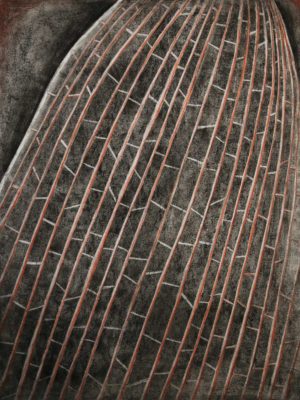
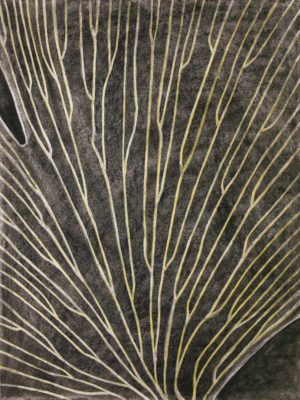
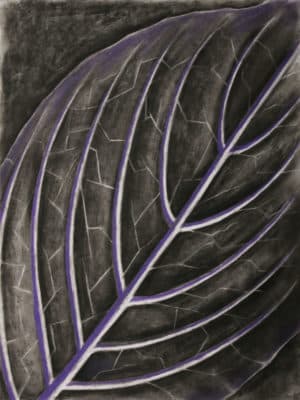
Gallery of Leaf Vein Patterns
Here’s a quick rundown of the nine vein patterns, complete with visual examples:
- Arcuate Venation: Arcuate veins curve outward from the central vein, forming concentric arcs. This type of venation is typically found in dicots and is commonly accompanied by reticulate veins.
Learn more about the Arcuate Venation drawing.
- Dichotomous Venation: Dichotomous veins branch evenly into pairs, creating a fan-like structure without any primary veins. Ginkgo biloba leaves exhibit this unique pattern.
Learn more about the Dichotomous Venation drawing.
- Longitudinal Venation: Longitudinal veins run up and down the length of the leaf, sometimes interconnected by transverse veins. This pattern is common among various plant species.
Learn more about the Longitudinal Venation example.
- Palmate Venation: Palmate veins radiate outward from a single point, resembling fingers extending from the palm of a hand. Maple leaves are a great example of palmate venation.
Learn more about Palmate Venation.
- Parallel Venation: Parallel veins run alongside one another from base to tip, usually associated with monocot plants like grass, lilies, tulips, and some orchids.
Learn more about the Parallel Venation vein pattern.
- Pinnate Venation: Pinnate veins flare outward in a parallel formation from the central rib. Between the main pinnate veins are usually reticulated veins connecting them.
Learn more about pinnate vein patterns.
- Reticulated Venation: Reticulated veins create a web-like pattern seen in most leaves, often accompanying other types of venation such as pinnate, arcuate, rotate, transverse, palmate, and even some longitudinal veins.
Find out more about the Reticulated Venation drawing.
- Rotate Venation: Rotate veins extend outward from a location within the leaf, differing from palmate venation where veins originate at the edge of the leaf.
Check out more about Rotate Venation.
- Transverse Venation: Transverse veins connect large veins, creating cross-shaped structures also known as “cross veins” or “cross venulate.”
Learn more about Transverse Venation.
Bonus: Leaf Vein Art Remixed
As an added bonus, I’ve used Joe Cavazos’ Photoshop plugin, REMIXER, to create album-cover-style versions of each vein pattern. Take a look through these unique interpretations!
Explore the beauty and complexity of leaf vein patterns in this captivating chalk and charcoal drawing series, “The Vein Patterns of Leaves.” Discover how various plants utilize these intricate designs for essential functions like photosynthesis and water transportation. Whether you’re a nature enthusiast or simply appreciate stunning visual art, this collection is sure to leave you inspired by the wonders found within the natural world.
Drawing idea: half face
The “half face” drawing is part of a series of art challenges and drawing ideas I made for creative people. Each one includes a framework: the medium of the drawing, the subject matter of the drawing, and some example drawings from me and others who have tried it out.
For this drawing idea, let’s start by talking medium.
Medium of the drawing
For this drawing idea, just use a simple #2 pencil (or whatever kind of pencil you have on hand) and any type of white paper.
I chopped a piece of sketch paper down to 5″ x 7″—about the size of a greeting card—too keep it from getting too overwhelming. In my experience, sometimes it’s nice to work with less space when using a medium that lends itself to fine detail, like a pencil.
Subject matter
You’ll be drawing a portrait of someone that you know, but here’s the catch: the drawing can’t include more than half of that person’s face. It could be the top half, bottom half, one side of the face … that’s up to each artist. You could even choose just a sliver of the face—whatever seems most interesting to draw. But you can’t exceed half.
Examples of this drawing idea
In my drawing, I looked at a photo of the upper half of Jeffrey Kranz‘s face, and tried to get very detailed in my execution. I zoomed in to the eyes and bridge of the nose.
